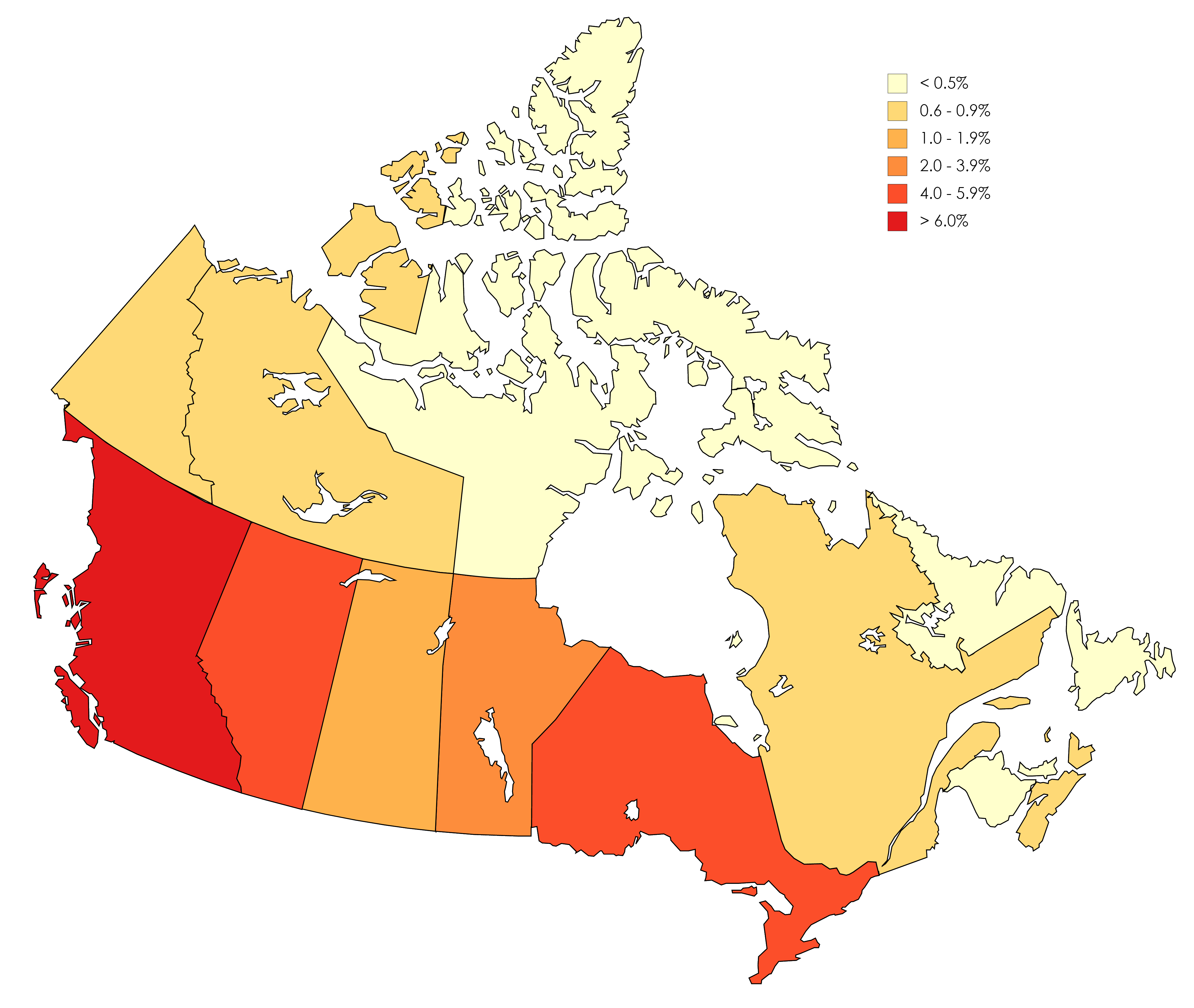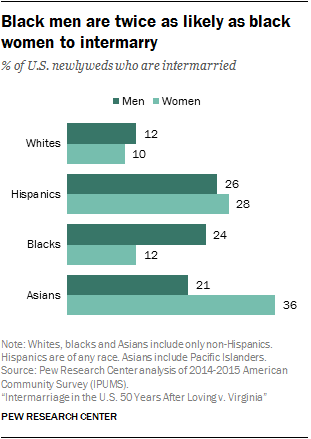Statistics Of South Asians In Usa Who Are Dating
Posted By admin On 09/06/22Home
Culture
Ethnic Groups
History
Issues
Links
Viet Nam
Research Resources Used/
Recommended for Further Reading
Fong, Eric, Lan-Hung Nora Chiang, and Nancy Denton (Eds.). 2016. Immigrant Adaptation in Multi-Ethnic Societies: Canada, Taiwan, and the United States. New York: Routledge.
Chung, Angie Y. 2016. Saving Face: The Emotional Costs of the Asian Immigrant Family Myth. New Brunswick: Rutgers University Press.
Haynes, Chris, Jennifer Merolla, and S. Karthick Ramakrishnan. 2016. Framing Immigrants: News Coverage, Public Opinion, and Policy. New York: Russell Sage Foundation.
Hong, Jane H. 2019. Opening the Gates to Asia: A Transpacific History of How America Repealed Asian Exclusion. Chapel Hill: The University of North Carolina Press.
Lee, Erika, and Judy Yung. 2010. Angel Island: Immigrant Gateway to America. Oxford: Oxford University Press.
Parker, Kunal M. 2015. Making Foreigners: Immigration and Citizenship Law in America, 1600-2000. New York, NY: Cambridge University Press.
Wong, Edlie L. 2015. Racial Reconstruction: Black Inclusion, Chinese Exclusion, and the Fictions of Citizenship. New York: NYU Press.
Ngai, Mae. 2014. Impossible Subjects: Illegal Aliens and the Making of Modern America. Princeton, New Jersey: Princeton University Press.
Rivas, Zelideth María and Debbie Lee-DiStefano (Eds.). 2016. Imagining Asia in the Americas. New Brunswick: Rutgers University Press.
White, Michael J. and Jennifer E. Glick. 2009. Achieving Anew: How New Immigrants Do in American Schools, Jobs, and Neighborhoods. Russell Sage Foundation.
- So I'm born in the USA and in my 30s. Im well groomed and in decent shape no gut or anything. Have a very mixed set of friends. I'm also fairly light skinned for a brown guy. Could pass for Eastern European or Middle Eastern. I don't mind dating South Asian Women, its just there are so many more non South Asian women out there in my area.
- Oxford University researchers found the LZTFL1 gene - present in 60 per cent of South Asians - allows the virus to multiply in the lungs more.
Sure I’m seeing more South Asian women dating white men nowadays, but I’m also seeing a lot South Asian men dating white women too. Also keep in mind there’s way more white women who go to India to marry an Indian man compared to the opposite. Whereas, there’s way more white men (and other non-Asian men) who go to East/SE Asia to find.
Site Tools- Translate Into Another Language

Issues concerning immigration affect many aspects of the Asian American community. This is understandable since almost two-thirds of all Asian Americans are foreign-born. Before trying to examine the many controversies regarding the benefits or costs of immigration, we first need to examine the characteristics of the immigrant population, Asian and otherwise.
The data in the following table was calculated using the 2000 Census 1% Public Use Microdata Samples, and they compare different immigrant groups (based on their home country area) with each other and with all those who are either U.S.-born or foreign-born in the U.S. on different measures of socioeconomic achievement. You can click on a column heading to sort up or down. You can also read the detailed description of the methodology and terminology used to create the statistics.
The statistics include immigrants from all countries, not just those from Asia. According to the 2000 Census, the immigrant/foreign-born population of the U.S. was just about 28,910,800. Of these, 5.5% were Black, 25.9% were Asian, 46.4% were Hispanic/Latino, and 22.1% were White. Let me first admit that I support immigration and immigrants' rights. The statistics below represent sound research but different stats can be used to support both sides of an issue. So you can choose to agree with my conclusions or not.
We should first understand that immigrating to another country is not an easy thing to do. It almost always involves making elaborate preparations and costs a lot of money. Many times it also means giving up personal relationships at home (at least temporarily, if not permanently) and learning a new language and culture. The point is, not everyone who wants to immigrate actually does. In fact, those who are very poor rarely immigrate -- they just don't have the resources. Those who do immigrate tend to be from their country's middle and professional classes.

This point is illustrated by the results from the table, which compares varous socioeconomic characteristics between U.S.-born and immigrant groups by their home country area. To view the full-size table of statistics, click on the graphic below. Once the table appears, you can click on a column heading to sort up or down. You can also read the detailed description of the methodology and terminology used to create the statistics.
The results show that immigrants as a group actually have a slightly higher college degree attainment rate and a much higher rate of having an advanced degree (medical, law, or doctorate) than do the U.S.-born. On both measures, immigrants from Africa actually have the highest educational achievement rates and they also have the lowest rate of having less than a high school education. African immigrants are also most likely to be in the labor market.
Therefore, it's clear that immigrants from Africa tend to come from their country's elite classes. In contrast, the statistics point out that immigrants from Latin and South America and from the Caribbean have the lowest educational attainment rates. We can probably surmise from this that they are more likely to be from rural or working class backgrounds. As another example of this implication, immigrants from Latin/South America and the Caribbean have the lowest median personal (per capita) income, as well as the highest rates of living in poverty and receiving public assistance.
In addition, they have the lowest rates of being married with spouse present, working in a high skill (executive, professional, technical, or upper management) occupation and the lowest media socioeconomic index (SEI) score, a measure of occupational prestige. However, these statistics do not necessarily lead to the conclusion that immigrants from Latin/South America and the Caribbean are a drain on the U.S. economy or that they consume more benefits than they contribute. For a discussion of that issue, be sure to read the article on the impacts of immigration.
In regard to other immigrant groups, the statistics above show that immigrants from Asia and Pacific Islands compare quite favorably to other immigrants and to the U.S.-born as well. However, there also seems to be a much wider spread of characteristics among Asian immigrants. In other words, there seems to be many who are more likely to be from rural or working class backgrounds (and therefore have lower socioeconomic attainment rates), along with many other Asian immigrants from middle class and professional backgrounds who have very high attainment rates.
Statistics Of South Asians In Usa Who Are Dating In France
For example, Asian and Pacific Islander immigrants have a much rate of not being proficient in English than do the U.S.-born (which is understandable since English is a foreign language to most Asians) and they also have a higher rate of less than high school completion than do the U.S.-born. On the other hand, Asian & Pacific Islander immigrants have a median personal (per capita) income comparable to the U.S.-born, along with a much higher median family income. They also have higher rates of having a college degree, an advanced degree, and working at a high skill occupation than do the U.S.-born.
Similarly, immigrants from Europe, Russia, and Canada tend to have socioeconomic attainment levels that are very comparable to that for the U.S.-born and in several categories, outperform them as well. These include higher rates of having a college degree, an advanced degree, working in a high skill occupation, and most notably, the highest median personal (per capita) income of all groups in the table. Interestingly, they also have the lowest rate of being in the labor market, which may suggest that many are retired but rather affluent as well.
Overall, all of these socioeconomic measures and statistics comparing immigrants to the U.S.-born population suggest that in most cases, both groups are relatively close to the other. But again, these numbers can be used to support both sides of the immigration debate -- that immigrants are not achieving as well as the U.S.-born and vice-versa. However, it does seem clear that these statistics do not support the stereotype of immigrants as being chronically unemployed, in poverty, and on public assistance. They do suggest that just like any other social group in the U.S., there is a lot of diversity within each group and that we as a society should be careful about making sweeping generalizations about all members of a particular group.


Copyright © 2001- by C.N. Le. Some rights reserved.
Suggested reference: Le, C.N. . 'Demographic Characteristics of Immigrants' Asian-Nation: The Landscape of Asian America. <immigrant-stats.shtml> ().
